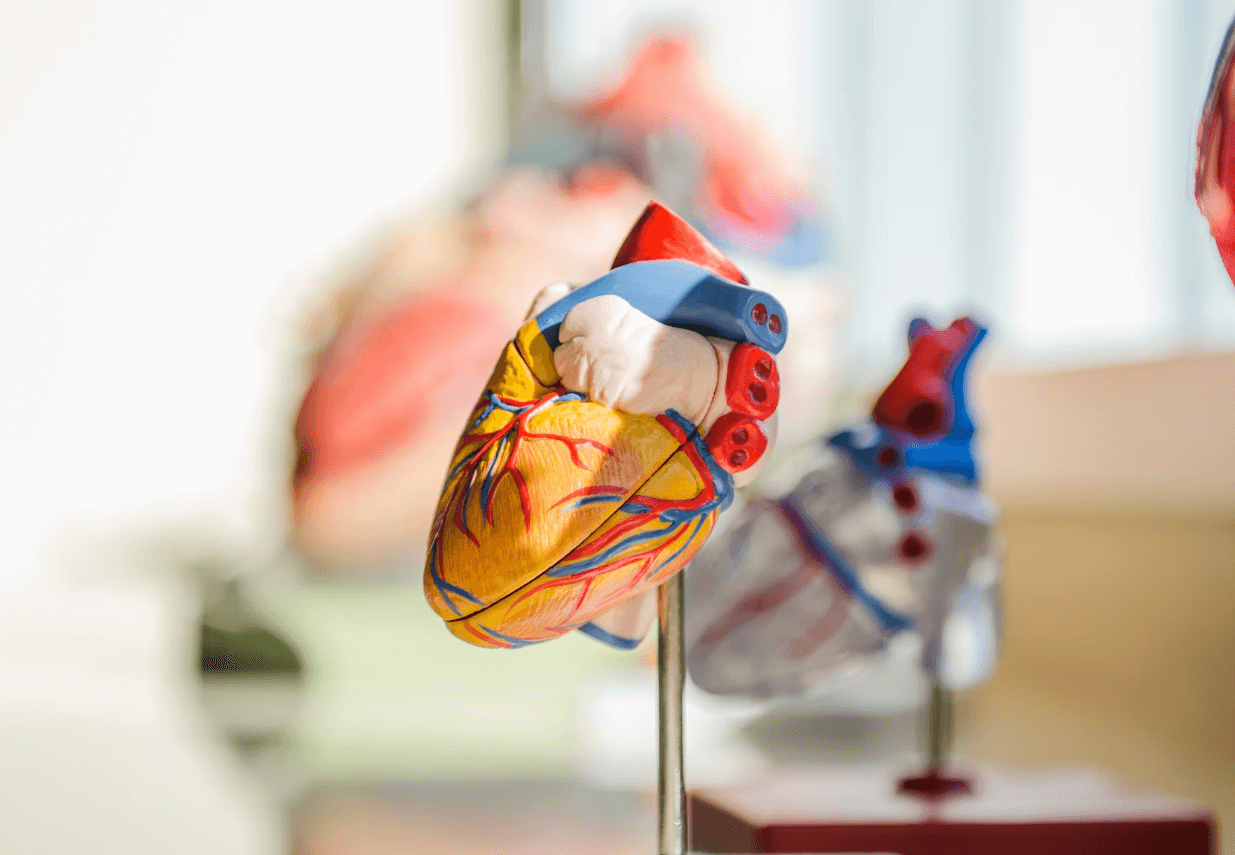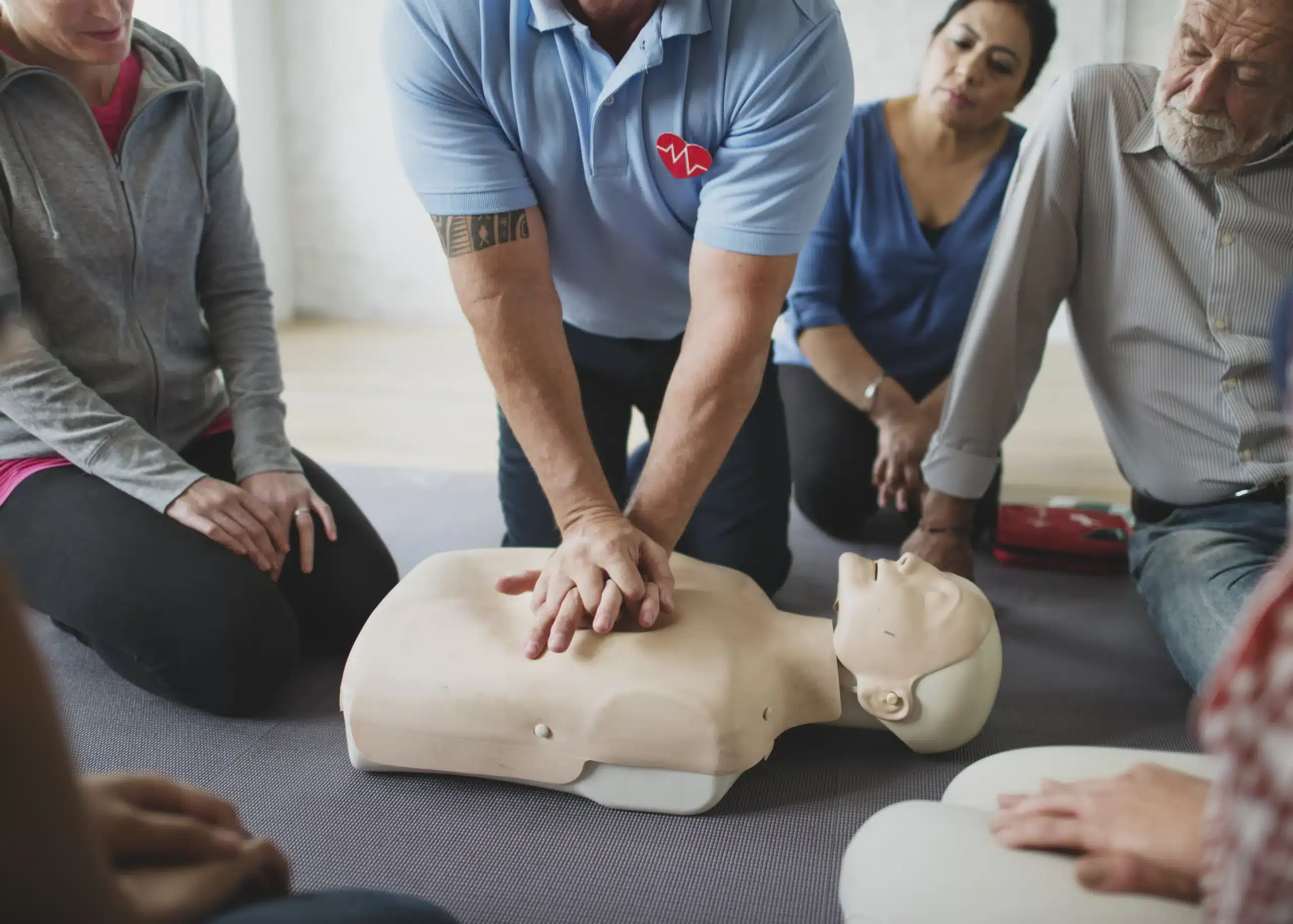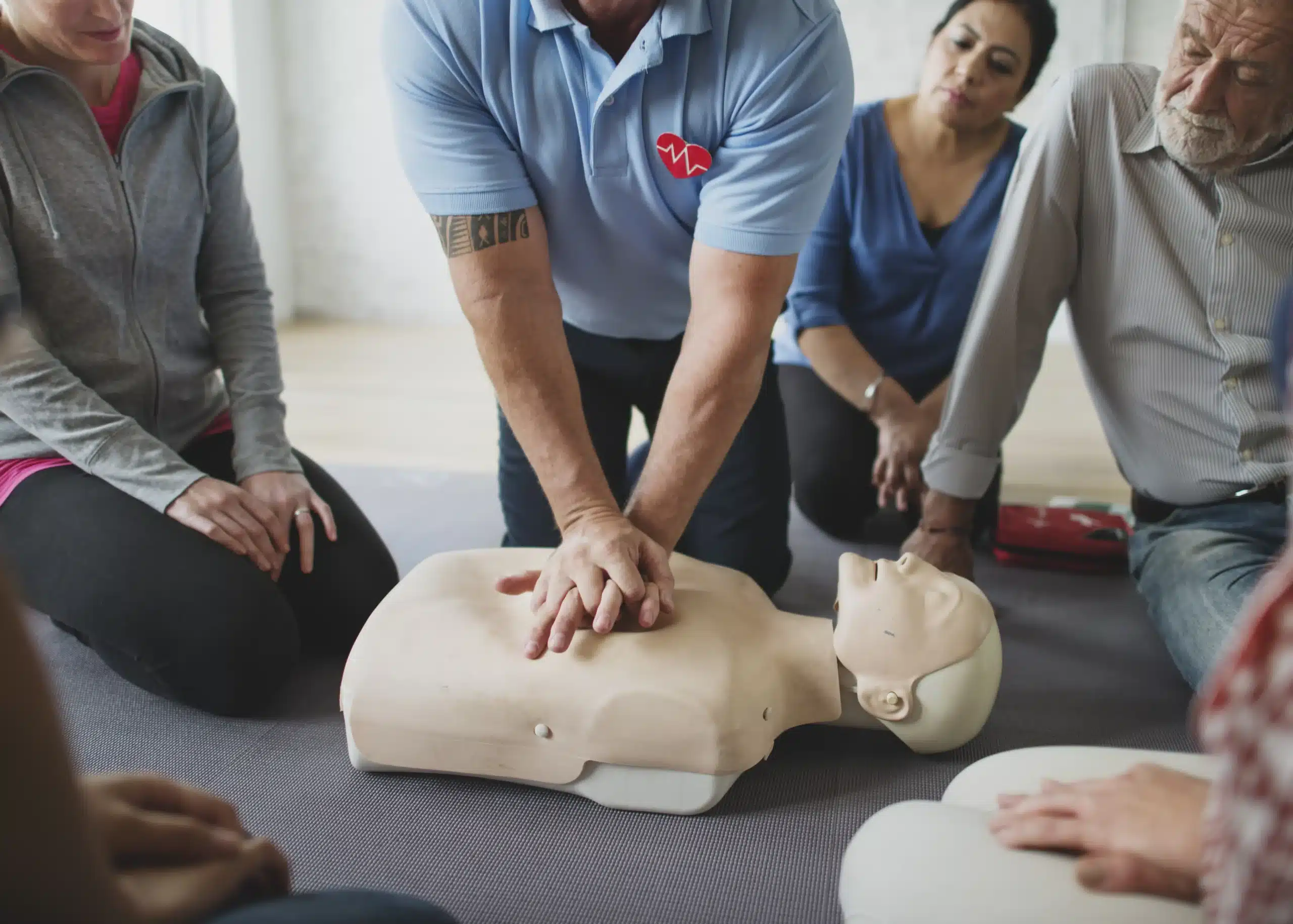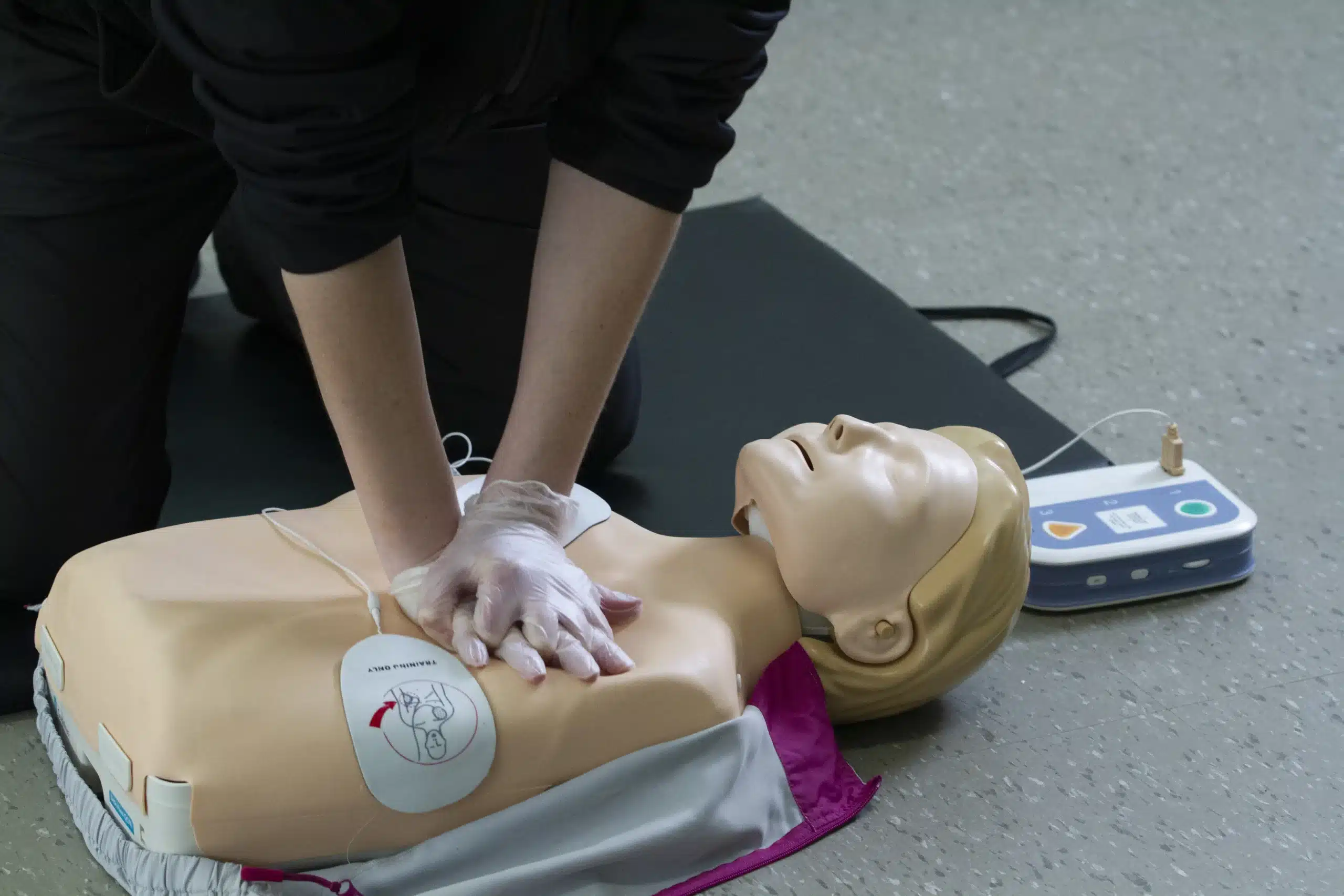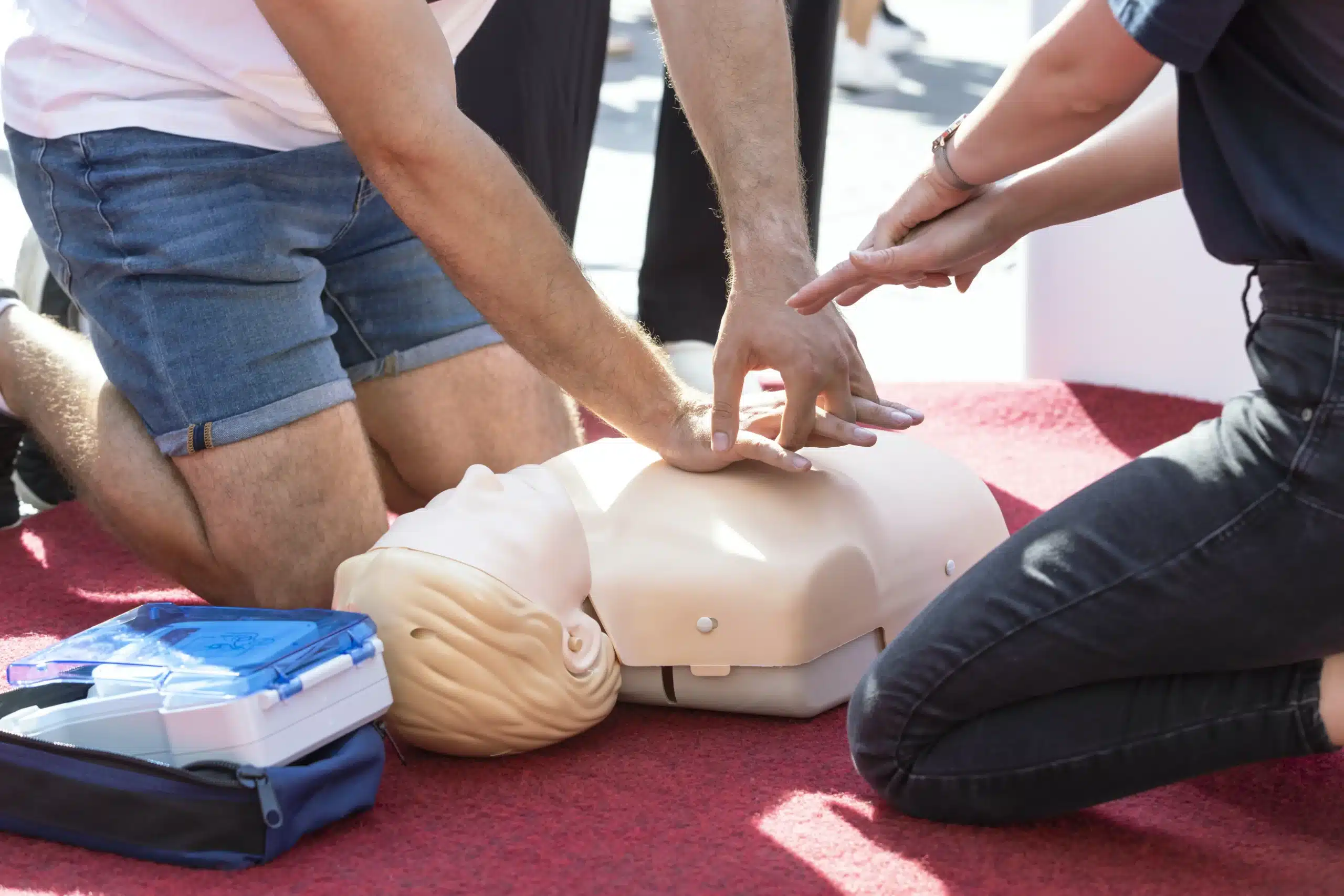When seconds mean the difference between life and death, CPR (Cardiopulmonary Resuscitation) stands as one of the most crucial skills in healthcare. Whether you’re a healthcare professional or an everyday individual, knowing how to perform CPR could save a life when someone suffers a cardiac or respiratory emergency. From restoring blood flow to providing oxygen to the brain and vital organs, this technique offers an immediate, life-sustaining response while awaiting advanced medical care.
Today, we’ll explore CPR in-depth—how it works, its historical evolution, life-saving potential, and why everyone, not just healthcare workers, should consider training and certification.
What Is CPR and Its Role in Healthcare?
CPR is a lifesaving procedure that combines chest compressions and rescue breaths to manually maintain circulation and oxygenation in a person whose heart has stopped beating or who is not breathing. The primary goal of CPR is to keep the blood flowing to vital organs, especially the brain, to prevent irreversible damage until professional medical help arrives.
Here’s a closer look at its immediate application in emergencies:
The Process of CPR
- Chest Compressions: Placing your hands on the center of the chest and pressing down firmly and rhythmically helps to simulate heartbeats, ensuring blood reaches the brain and other vital organs.
- Rescue Breaths (optional in hands-only CPR): Providing breaths into the person’s mouth restores oxygen levels in the blood they already have.
Whether performed in hospitals or by bystanders in public spaces, CPR can bridge the critical gap between cardiac arrest and professional care. Its simplicity makes it universally applicable in homes, workplaces, schools, roadsides—you name it!
The History of CPR
CPR as we know it has a fascinating history. Though people have attempted to resuscitate others for centuries, the modern technique has come a long way, thanks to scientific advancements.
A Brief Timeline of CPR
- 1740s – Mouth-to-mouth resuscitation documented as a method to revive drowning victims.
- 1956 – Modern chest compression techniques are established by Dr. Peter Safar and James Elam.
- 1960s – The American Heart Association (AHA) adopts CPR guidelines and incorporates training for healthcare providers.
- Present – Efforts continually evolve with evidence-based updates, improving survival rates through innovations like automated external defibrillators (AEDs).
These advancements are not just historical milestones—they reflect the increasing importance of equipping both professionals and the public with CPR skills.
Importance of CPR in Saving Lives
The statistics around cardiac arrest are staggering but drive home a powerful point—immediate CPR saves lives.
Key Figures to Know
- An estimated 350,000 out-of-hospital cardiac arrests occur annually in the U.S., with 70% happening at home.
- Victims who receive CPR immediately are 2 to 3 times more likely to survive than those who don’t.
Understanding the “Chain of Survival”
The AHA defines a “Chain of Survival” to illustrate how different stages of care contribute to higher survival rates. CPR is a pivotal link in this chain, which includes recognition of the emergency, early defibrillation, and access to advanced medical care. Timely intervention improves the victim’s chances of surviving without long-term complications.
By performing CPR—even as a bystander—within the first two minutes of collapse, you can make a life-changing difference.
The Role of Healthcare Professionals in CPR
For healthcare professionals, CPR competence isn’t optional—it’s a fundamental expectation. Doctors, nurses, paramedics, and other healthcare workers serve as first responders during emergencies, overseeing this critical intervention with precision and expertise.
Why Ongoing Training Is Critical
- Skill Maintenance: proficiency fades without regular practice; evidence shows skills can diminish within months of training.
- Confidence in Execution: Healthcare teams must perform CPR effectively under pressure and adapt to unique patient needs, such as children or trauma victims.
- Advanced Certifications Matter: Some roles demand proficiency in Basic Life Support (BLS) or Advanced Cardiac Life Support (ACLS), which go deeper into resuscitation strategies.
From hospitals to clinics to EMS environments, these professionals are the vanguard of patient care during medical crises.
CPR Training and Certification
Contrary to popular belief, becoming CPR-certified isn’t as overwhelming as it might sound. Training programs are designed to make this lifesaving skill accessible for everyone—no prior medical experience required.
Steps to Get CPR Certified
- Find an Accredited Training Center: Look for courses run by recognized organizations like the AHA, Red Cross, or local safety training providers.
- Complete the Training: Typical sessions take approximately 2–4 hours and include hands-on practice.
- Earn Your Certification: After completing a written or practical exam, you’ll receive a certification valid for two years.
At Safety Training Seminars, we offer AHA-certified courses, such as CPR & First Aid, BLS, PALS, and ACLS.
Why Everyone Should Get CPR Training
Emergencies don’t wait for experts. By stepping up as a trained bystander, you could save the life of a friend, family member, or even a complete stranger.
Debunking Myths About CPR
Despite CPR’s importance, misconceptions persist. Let’s address a few common myths to set the record straight.
Myth 1: Only Healthcare Professionals Should Perform CPR
Fact: Bystander intervention can be just as effective as professional CPR. Doing something is always better than doing nothing.
Myth 2: CPR Always Requires Mouth-to-Mouth
Fact: Hands-only CPR, which involves chest compressions only, is equally effective in many adult cases, especially in public emergencies.
Myth 3: You Can Make the Situation Worse
Fact: The human body is more resilient than you think when it comes to chest compressions. Prompt action is critical during emergencies.
Your Opportunity to Save a Life
CPR is more than just a skill—it’s a gift of life. Throughout its history, it has transformed from a rudimentary technique to a highly effective, evidence-based intervention.
Whether you’re a healthcare worker or an individual passionate about making a difference, knowing CPR empowers you to take action during life-or-death situations.
Next Steps
Are you ready to become certified and help build a safer, more prepared community? Sign up today for a CPR training course with trusted providers like Safety Training Seminars—and take the first step toward saving lives.


